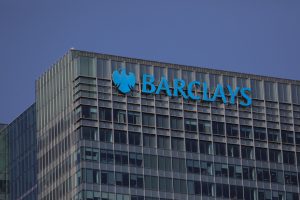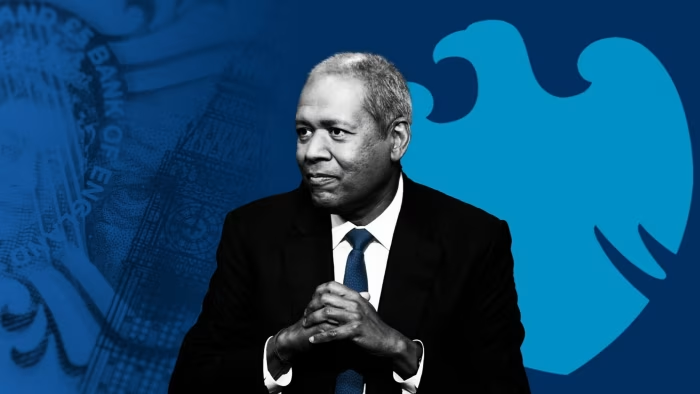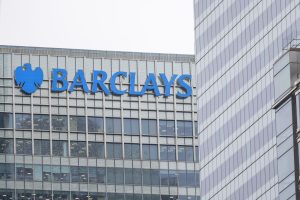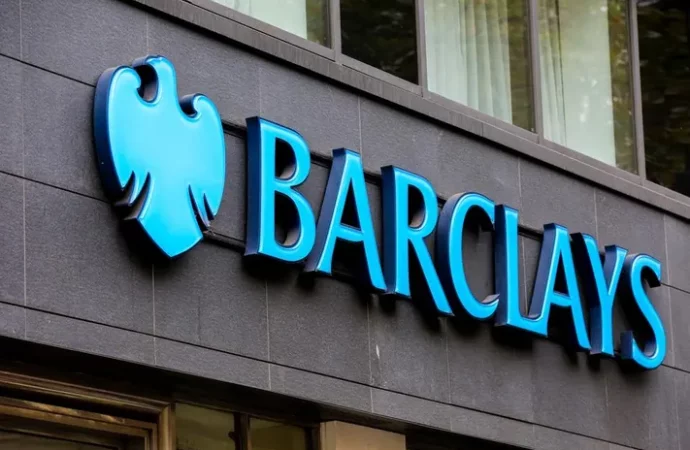Introduction In a move that’s making waves in the financial sector, Barclays has unveiled plans to return a substantial £10 billion to its shareholders. This strategic decision prompts a closer look at the motivations behind such a sizable return, and to provide insights, we turn to Emily Investment Insights, Barclays £10 billion shareholder return a
Introduction
In a move that’s making waves in the financial sector, Barclays has unveiled plans to return a substantial £10 billion to its shareholders. This strategic decision prompts a closer look at the motivations behind such a sizable return, and to provide insights, we turn to Emily Investment Insights, Barclays £10 billion shareholder return a financial analyst renowned for her expertise in banking and shareholder strategies.
The Strategic Move

This image is taken from google.com
Barclays‘ decision to return £10 billion to shareholders reflects a strategic approach to capital management. Emily Investment Insights suggests that such a move could be driven by a combination of factors, including a desire to optimize the bank’s capital structure, enhance shareholder value, and potentially signal confidence in its financial position.
Comparative Table: Notable Share Buybacks in Banking
| Bank | Amount Returned to Shareholders | Key Strategic Objectives |
|---|---|---|
| JPMorgan Chase | $30 billion (2022) | Optimizing capital structure, signaling confidence to investors. |
| Barclays | £10 billion (2024) | Enhancing shareholder value, potential signaling of financial strength. |
| HSBC | $2 billion (2023) | Focusing on return on equity and capital allocation efficiency. |
Potential Impact on Stock Value

This image is taken from google.com
Shareholders are likely to welcome Barclays‘ plan to return £10 billion, as it may positively impact the bank’s stock value. Emily Investment Insights notes that share buybacks can enhance earnings per share and potentially attract more investors, signaling that the bank believes its shares are undervalued.
Comparative Table: Share Buybacks and Stock Performance
| Bank | Share Buyback Amount | Stock Performance Following Buyback |
|---|---|---|
| JPMorgan Chase | $30 billion (2022) | Positive impact on stock value, increased investor confidence. |
| Barclays | £10 billion (2024) | Potential boost to stock value, signaling confidence in the bank’s future. |
| Citigroup | $22 billion (2023) | Improved earnings per share and positive market response. |
Investor Considerations

This image is taken from google.com
Investors should carefully consider the implications of Barclays‘ generous return. While it can be a positive signal, Emily Investment Insights advises that investors should also assess the bank’s overall financial health, ongoing investment strategies, and the potential for future growth.
Comparative Table: Investor Response to Share Buybacks
| Bank | Investor Response | Key Considerations for Investors |
|---|---|---|
| JPMorgan Chase | Positive, increased confidence. | Assessing long-term growth prospects and capital allocation plans. |
| Barclays | Anticipated positive response. | Evaluating the bank’s financial health, growth strategy, and future prospects. |
| Wells Fargo | Mixed response, considering regulatory challenges. | Evaluating regulatory considerations and impact on future earnings. |
Conclusion:
Barclays‘ announcement to return £10 billion to shareholders is a significant financial maneuver with potential implications for investors and the banking industry. Emily Investment Insights sheds light on the strategic reasoning behind such a move, urging investors to carefully weigh the potential benefits and consider the broader financial context. As Barclays takes this generous step, the financial community will be closely watching for its impact on shareholder value and the bank’s trajectory in the market.
















